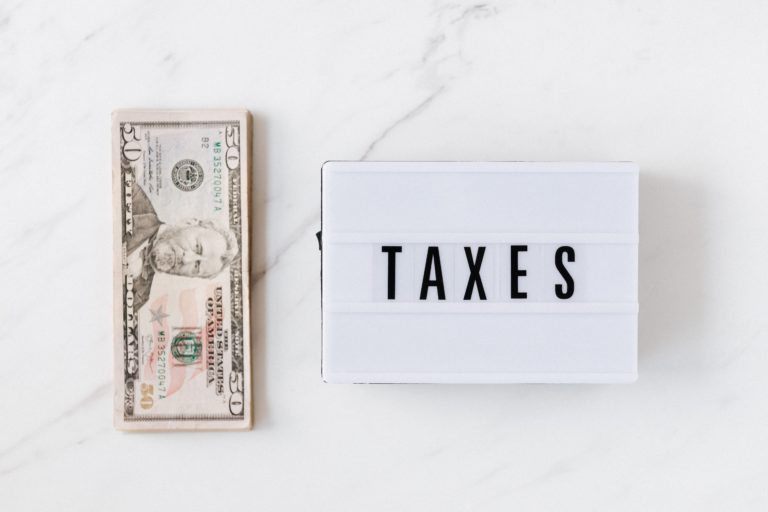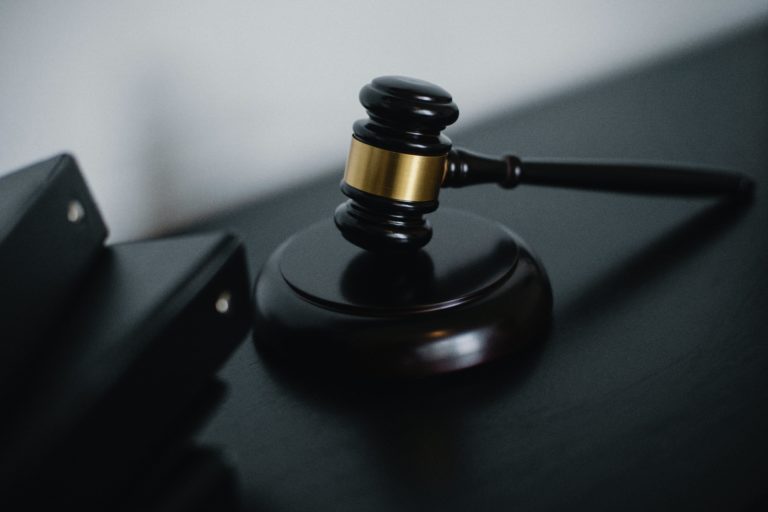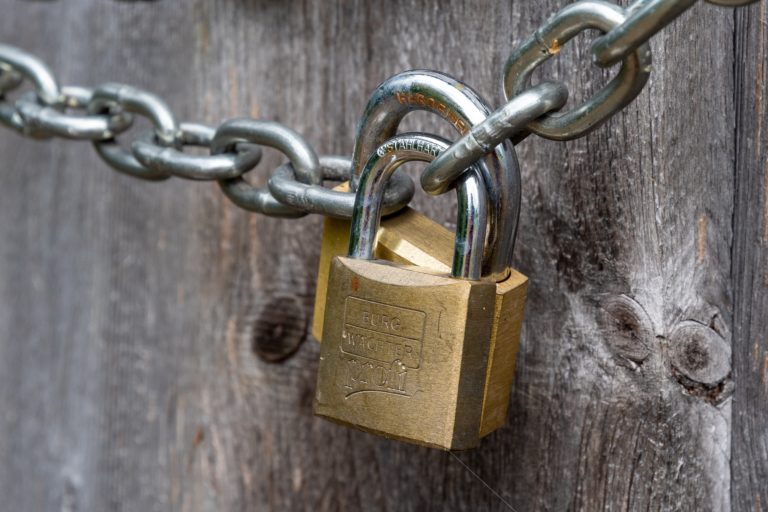
Is Transferring House to Children a Good Idea?
Adding an adult child to your house deed, or giving them the home outright, might seem like a smart thing to do. It usually isn’t.

Adding an adult child to your house deed, or giving them the home outright, might seem like a smart thing to do. It usually isn’t.

Changes in tax laws could be affecting—and outdating—your clients’ wills and bequeathing plans.

An essential part of estate planning is selecting someone to represent you after your death in the management of your estate. This personal representative is also known as an executor, or executrix, if you choose a woman as your personal representative.

As a business person you may have seen the term “durable power of attorney” in several situations. Power of attorney is a strange term because it’s not immediately clear what powers an attorney for the business may have.

We have all seen the heartbreaking stories about people dying in hospitals from Covid-19 without family present. We’ve also heard about the tragic decisions healthcare workers must make when time and resources are spread thin. Compounding these sad situations is that often the person who can speak for the individual suffering from Covid-19 is not present because of hospital procedures designed to prevent contagion.

When dealing with the emotional pain of the loss of a loved one, family members also have to address daunting administrative tasks.

After art dealer Andre Zarre died in July, at age 78, his relatives got a surprise call from someone named Jose Yeje, co-owner of a deli in Queens. Yeje told them that, just nine days before his death, Zarre changed his will to name Yeje as the executor and sole beneficiary of his estate, which is worth millions.

Cornelius Vanderbilt was among the richest Americans ever to have lived. Born in 1794, he built his fortune on railroads and shipping. To put his wealth into context, in today’s dollars when adding inflation, his fortune would be worth $215.7 billion.

The inheritance you leave could be eaten away by taxes or given to the wrong person. Here are five tips to avoid that.

Estate planning is the process of transferring the management of your assets, if and when you are unable to manage them yourself due to disability or death. Whether you have $100 or $100 million you should have an estate plan.